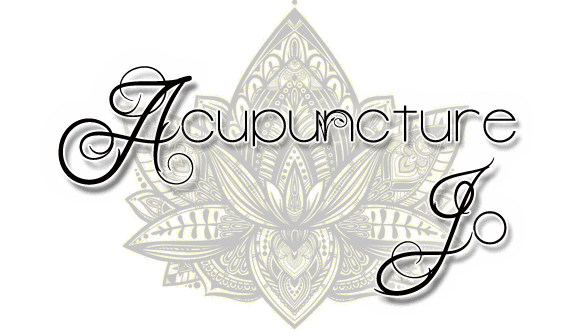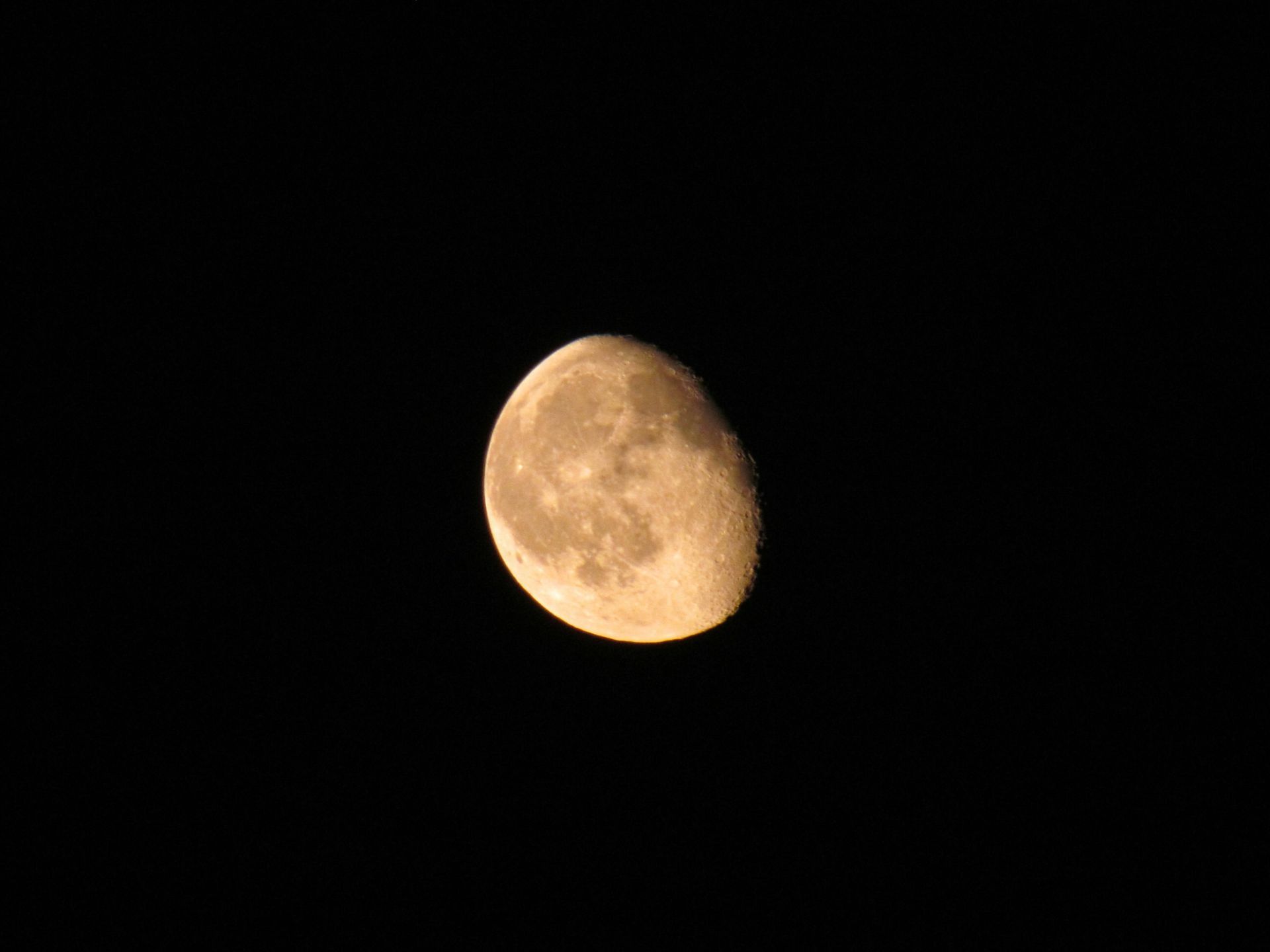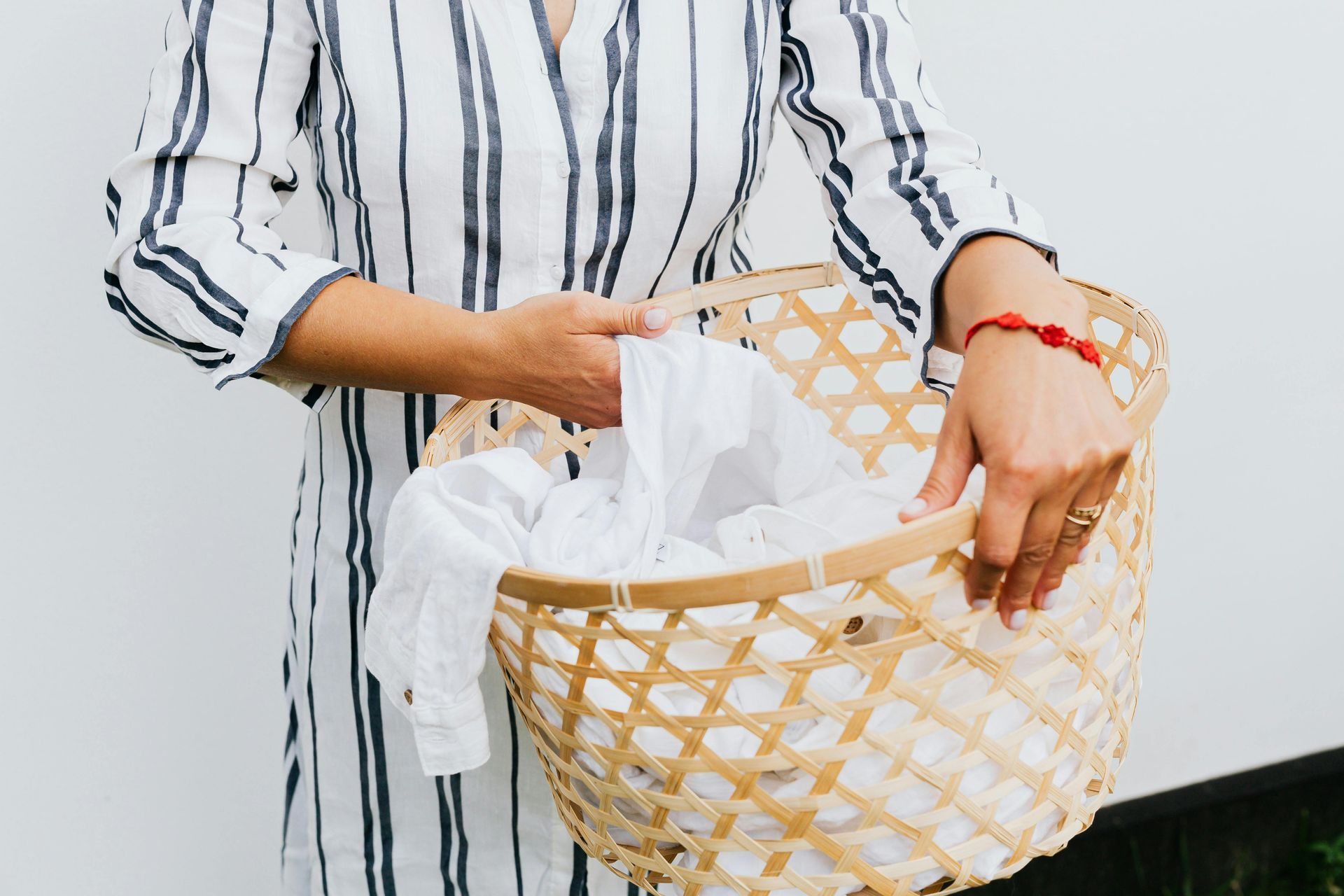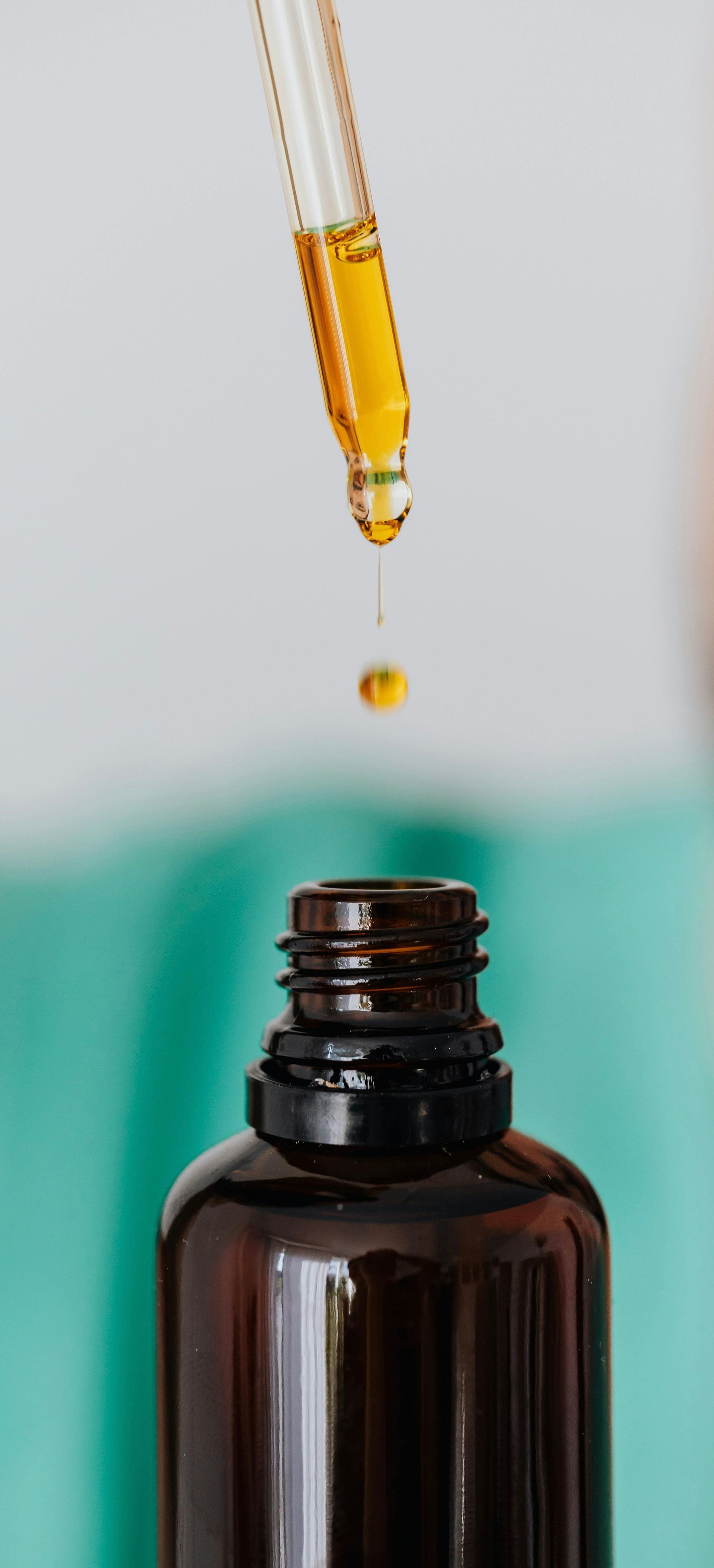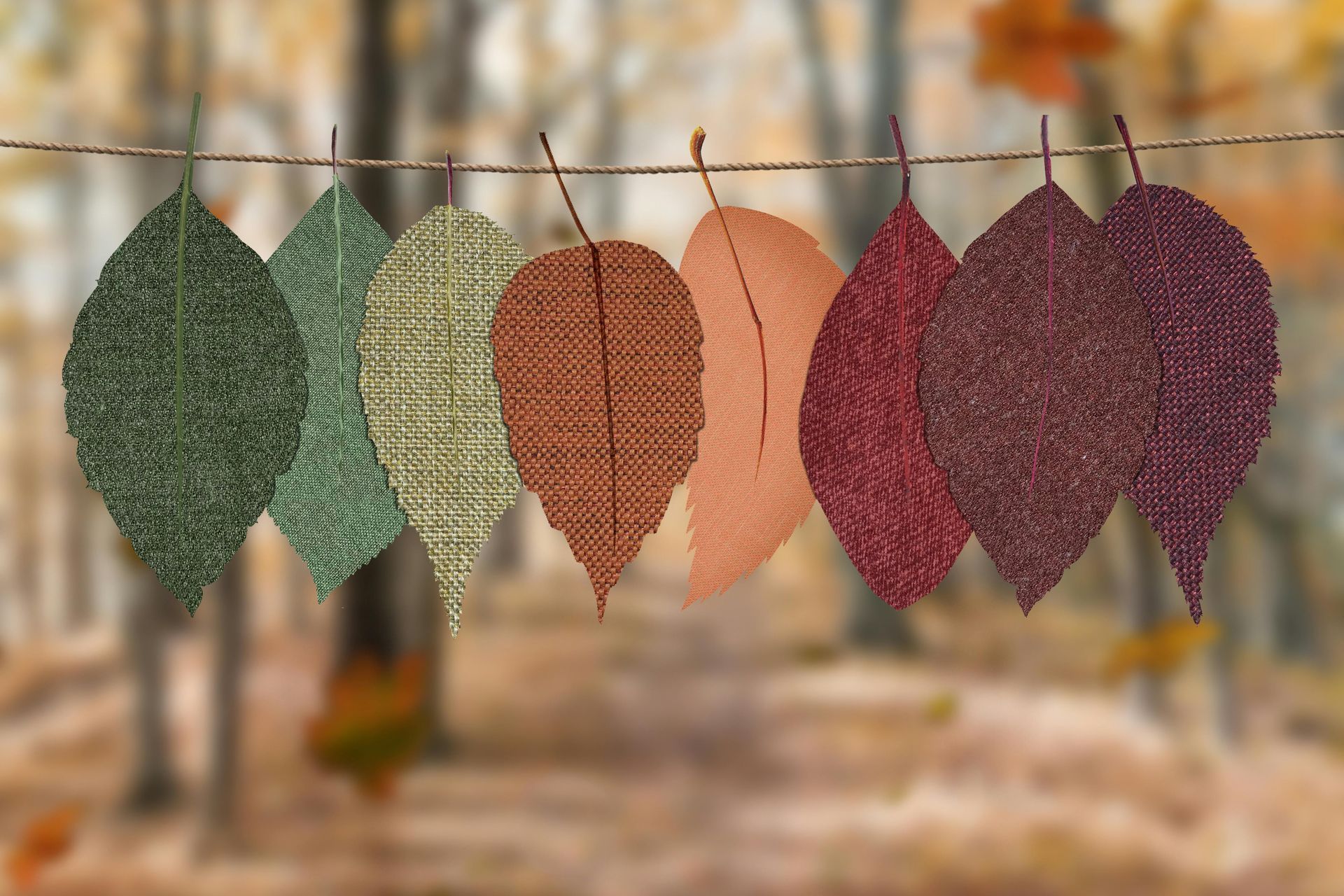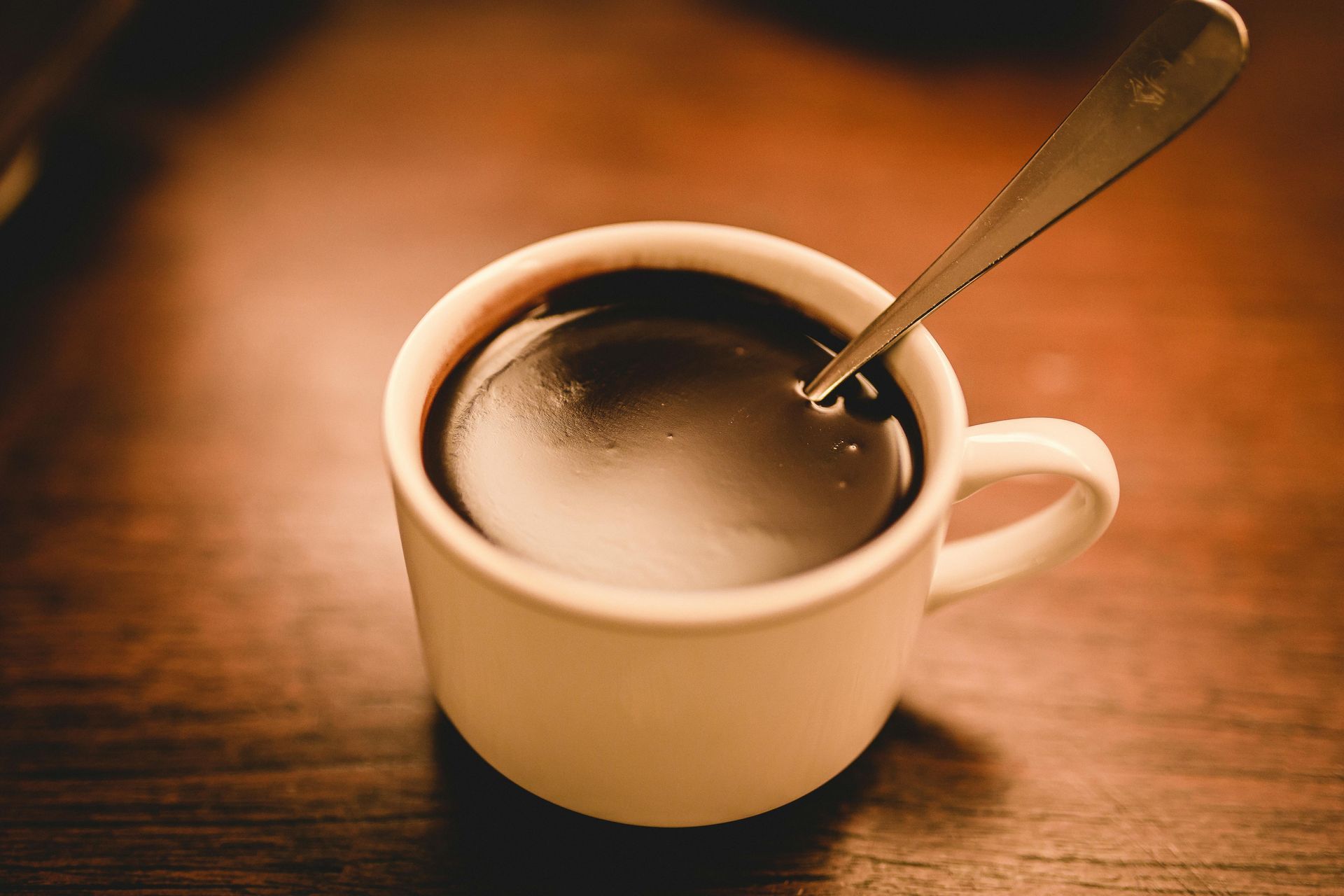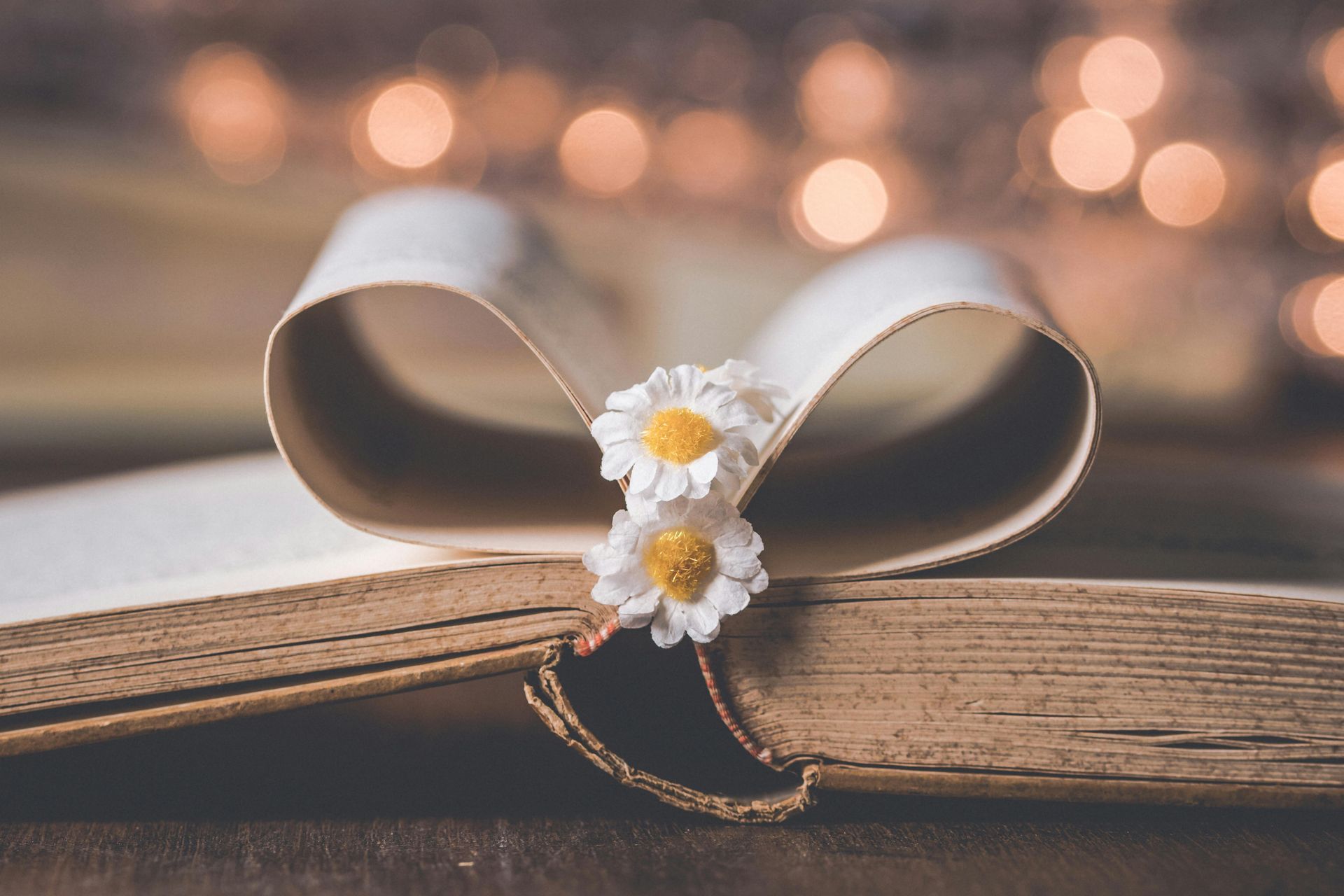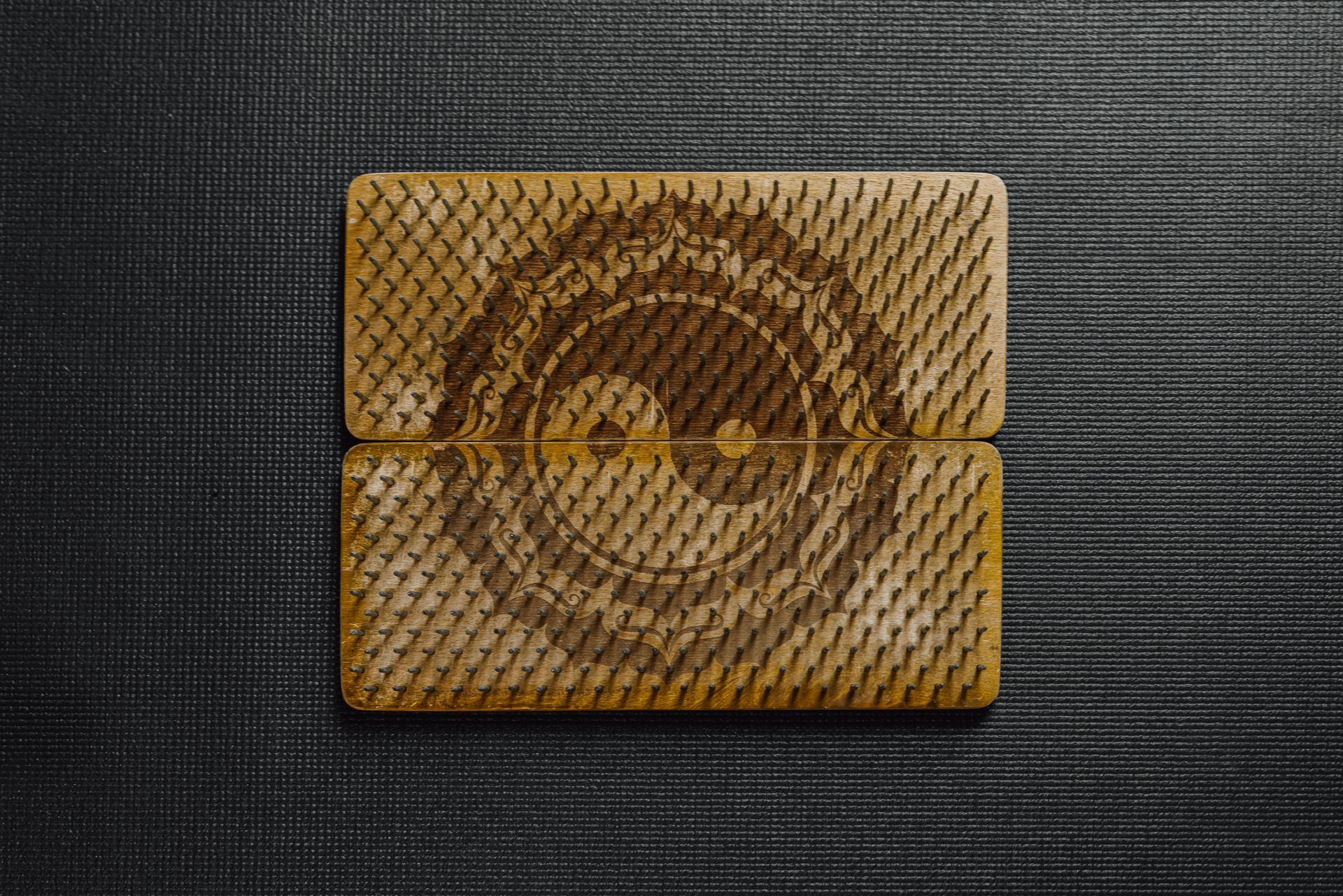Cold Plunges, Ice Baths & East Asian Medicine
Tea Time with Jo | Extreme Cold Therapies & EAM
The principles in East Asian Medicine are simple, Qi & Blood cannot flow when there is cold. If Qi & Blood cannot flow, stagnation (discomfort) will occur. If stagnation persists, stasis (pain/dis-ease) will occur. Therefore, there is always emphasis on warmth to help the body keep up proper circulation of Qi & Blood. We could look at this the same way that Western Medicine views homeostasis. Our core temperature ranges from ~97ºF to ~99ºF. When we overheat, our body’s induce sweating to help cool us down. However, when we are hypothermic, the body doesn’t have a lot of mechanisms for warming us back up, aside from shivering. So what’s the deal with all these cold plunges and ice baths? Here’s my take:
Is there a place for cold therapy is EAM?
I’ll put it like this, in my entire time in East Asian Medicine school, I wasn’t trained on a single technique that involves external cold. There are different needling techniques that are said to induce “cooling” effects on the body, but nothing involving the external application of cold. A lot of the “cooling” treatment strategies act more to “vent out” heat or to draw it out of certain places on the body (blood letting, for example). We may even use moxa to drain heat out of certain meridians; but still, no external cold application.
What about the mental health benefits of cold therapies?
There have been a lot of references to how cold showers, ice baths and cold plunges can improve some symptoms of mental health (depression, anxiety, brain fog, loss of focus, etc). While this may be true for some people, at the end of the day, this is just symptomatic relief rather than getting to the root cause. In some cases, these therapies may tax the body too much and may worsen some of these symptoms. You have to keep in mind that extreme temperature exposure is stressful for the body. A lot of the perceived relief in these symptoms are a result of your body producing or altering hormones (such as dopamine and adrenaline) in order to adapt to these changes. These are temporary changes. If you do nothing else to work on your mental health, these therapies are merely a bandaid. To the person who struggles with addictive traits, their brain is wired to want more dopamine hits. Exposing their bodies to the extreme cold, is just another way to get that dopamine hit. Are there worse ways of getting the dopamine hit? Of course, but it is still important to understand that extreme cold exposure isn’t risk free or a smoking gun in the treatment of mental health.
To the arguments of improving your mental resilience/your ability to manage stress, boost your mood or help with sleep… I say this: There are other ways to do these things that don’t take such a toll on your body. In fact, some of the other methods will actual nourish the body in the process. You know what they are? Meditation, Breath Work, Yin Yoga, and Walking, just to name a few. Meditation in particular is extremely powerful and has the ability to alter neural pathways and increase grey matter (source) in the brain. This has a profound effect on the brain and can actually help to make lasting improvements in mental health conditions.
What about athletes and Wim Hoff?
Cold therapy can be a great tool for muscle recovery for those who do intensive training. These folks are getting a lot of movement which is going to help the circulation of Qi & Blood (it’s why you get hot when you go for a jog on a cold day) and prevent stagnation from a few minutes of cold. Wim Hoff, who’s name gets thrown around every time someone wants to make an argument for cold therapy, is “an extreme athlete” (words taken from his website). The man actively trains to withstand cold temperatures. A great deal of his training revolves around breath work. Guess what breath work is really good at doing? It moves Qi & Blood! Wim Hoff is a unicorn. He is an exception. Extreme athletes make up a small percentage of the population. All that to say, these therapies affect people of different activity levels, differently.
The question no one is asking is “at what cost”?
From an East Asian Medicine perspective, the body looses a lot of Qi in trying to regain warmth and maintain homeostasis. Repeated or prolonged exposure to extreme cold temperatures is very taxing to Kidney Qi. Over a period of time, the Kidney Qi could be so consumed that your body will start to tap in to your Jing (Kidney Essence) in order to keep you functioning. Our Kidney Essence is our vitality; its the foundation for growth. Kidney Essence can be seen as the potential for longevity. Someone with a good reserve of Kidney Essence has healthy and strong teeth and bones as well as dark hair, well into their older years. Someone without strong Kidney Essence will start to gray prematurely, amongst other things. The biggest thing to know about Kidney Essence is that once you tap into it, you can’t replace what has been taken. That is why it is so important to replenish other sources of Qi and Blood, so that we don’t tap into this Essence unnecessarily.
In Western Medicine this can be somewhat likened to HPA dysregulation (formerly known as Adrenal Fatigue). In advanced stages, the body has a lot of oxidative stress, which causes cellular degeneration and accelerates aging. For clarity, I’m not saying extreme temperature therapies cause this, but if a person is already in a severally deregulated state, other therapies should be considered in conjunction to, or in place of, to avoid driving the body into further oxidative stress. Perhaps they can start with improving their nutrition (which will improve their Qi) and then work up to cold therapies.
What happens to menstruating bodies?
If you can find a study that shows the benefits of extreme cold therapies on the menstrual cycle, I would love to see it!
Through the lens of East Asian Medicine, repeated and prolonged exposure to cold can create a slew of menstrual issues including severe menstrual pain, irregular cycles, amenorrhea (cessation of a period) and fertility impairment.
Does that mean I’m against all cold therapies?
Here’s the thing, I’m a big fan of Contrast Therapy. As the name implies, it employs alternating external heat and cold in order to induce vasoconstriction and vasodilation (narrowing and opening of the blood vessels). This has a host of benefits for the body because it is a great way to get Blood & Qi moving. It is also a great way of getting the benefits of cold and heat without taking as much of a toll on your body. A lot of times when you see cold plunge pools, they are often located near an infrared sauna; and the idea is to use both therapies, alternating back and forth for a few rounds. Wim Hoff also uses Saunas as part of his protocol, just FYI, but so few people talk about the use of both therapies these days as opposed to just extreme cold or extreme heat.
So who benefits from cold therapies?
It comes down to using this methods responsibly and appropriately. That CrossFit Athlete who uses cold plunges at the end of all their trainings may get more benefit than the typical office worker who lives a sedentary life (for whom it may be more taxing). Menstruating women, who chose to engage in cold therapies, should consider doing so when they are not actively menstruating. Anyone who is looking to engage in extreme cold therapies for mental health should seek out professional help to target the root cause of the issue, in tandem. If you are considering any type of cold therapy, I would strongly suggest doing Contrast Therapy, as discussed above. Perhaps starting with exposure to heat, followed by cold, and then ending with heat, all within a few minutes. Staying hydrated is super important as your body is going to burn through a lot of electrolytes with extreme temperature shifts (regardless of hot or cold).
I hope you found this blog post informative. If so, please feel free to share with someone who might benefit from it. I hope you are having a wonderful day and I’ll catch you in the next post!
